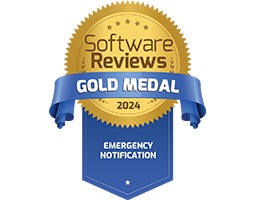AT A GLANCE
Problem
- Ineffective Crisis Communication
- Slow Traditional Methods
- Time-Consuming Manual Calls
- Delayed Staff Notifications
- Inefficient Incident Response
Solution
- Streamlined Communication Process
- Tiered Communication Groups
- Instant Click-Button Notifications
- Simplified Incident Management
- Improved Response Times

Summary
A healthcare provider in Abu Dhabi, UAE, is dedicated to delivering world-class medical services. A key objective of the institution is to ensure continuous patient care, even during disruptions or crises. By prioritising effective crisis management, the hospital strives to maintain its reputation as a top destination for medical tourism in the region.
Problem
The hospital faced communication challenges impacting their crisis management. They realised traditional methods like email were ineffective for urgent, real-time communication, while manual call trees were time-consuming and prone to delays. Lacking the streamlined capabilities often found in dedicated mass notification software and integrated incident management software, their primary problem was the inability to swiftly notify the right people at the right time, hindering the ability for everyone involved to act quickly and efficiently during critical situations.
Solution
By implementing Crises Control, the hospital was able to streamline its communication process during incidents. The platform enabled the hospital to easily group key personnel into tiers or levels of communication, allowing for instant notifications at the click of a button. This simplified their incident management processes, improved response times, and ensured the right people received the information they needed without delays.












